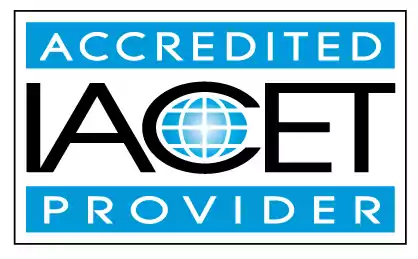Identify the types of sun rays and their benefits to young children and the earth.
Discover the different types of sun rays and how they benefit young children and the environment. Learn effective strategies for identifying and demonstrating these rays to children, as well as the significance of individual planning. Explore this valuable information in the context of early childhood education and childcare centers.Trainings incorporating this outcome
CDA Subject Areas
Proficiency Level
Target Audience
Topic Areas
States
Alabama (4) Alaska (4) Alberta (4) Arizona (4) Arkansas (3) Australia (4) British Columbia (1) California (4) Colorado (4) Connecticut (4) Delaware (4) District of Columbia (4) Florida (4) Georgia (3) Hawaii (4) Idaho (4) Illinois (3) Indiana (4) Iowa (4) Jamaica (4) Kansas (4) Kentucky (3) Louisiana (4) Maine (4) Manitoba (4) Maryland (4) Massachusetts (4) Michigan (4) Minnesota (4) Mississippi (4) Missouri (2) Montana (4) Nebraska (3) Nevada (3) New Hampshire (4) New Jersey (3) New Mexico (4) New York (4) Newfoundland and Labrador (4) North Carolina (3) North Dakota (4) Nova Scotia (3) Ohio (4) Oklahoma (4) Ontario (3) Oregon (3) Pennsylvania (4) Prince Edward Island (3) Puerto Rico (4) Quebec (3) Rhode Island (4) Saskatchewan (4) South Carolina (2) South Dakota (4) Tennessee (2) Texas (3) Thailand (4) United Kingdom (4) Utah (4) Vermont (4) Virgin Islands (4) Virginia (4) Washington (4) West Virginia (4) Wisconsin (4) Wyoming (4)
120 hours courses
45 hours courses
Related Outcomes
- Identify appropriate practices for identify and demonstrate an children: Identify examples of appropriate activities for different ages
- Identify appropriate practices for identify and demonstrate an children: Identify importance of individual planning
- Identify types of abuse, by identifying signs of abuse and neglect
- Identify strategies for the child care provider that will promote successful child development. Identify strategies for working with children with special needs
- Identify types of bullying affecting school aged children.
- Identify the signs of traumatic brain injury in infants and young children.
- Identify common interaction strategies to help promote a positive classroom environment for young children.
- Identify the importance of math instruction with young children.
- Identify different learning styles of young children
- Define active play in the early childhood classroom and describe its benefits for young children.
- Identify appropriate practices for identify and demonstrate an children: components of a lesson plan
- Identify the different types of portfolios used in child care programs, and the appropriate portfolio components for each type.
- Identify appropriate practices for identify and demonstrate an children: Define Developmentally Appropriate Practice
- Identify different types of play in children ages 2 to 5.
- Define resilience and identify ways it helps young children overcome toxic stressors.
- Identify the most common sources of stress for young children.
- Identify appropriate practices for identify and demonstrate an children: Teacher directed vs child directed
- Identify the stages of second language development in young children and how to partner with families.
- Identify and contemplate bias and explore anti-bias approaches that support working with children and families.
- Demonstrate Understanding of Meal Planning for young children.
Related Articles
- Today Is Earth Day!
- April 22nd Is Earth Day
- Creating Safe Outdoor Play Environments for Children: Understanding Hazards and Precautions
- Celebrate Earth Day with Gross Motor Play and Outdoor Learning!
- Unlocking the Power of DAP
- Seasonal Changes and School Prep: Adapting to Weather and Activities
- The Emotional First Aid Kit for kids: Grounding Techniques, Calming Exercises, and Comforting Words
- Toy Time Travelers: How Playing with Classic Toys Helps Kids Explore History and Cultures
- Nature’s Classroom: Why Fall Is the Best Season for Sensory Learning Outdoors
- Daycare Weather Chart to Keep Your Classroom Safe and Fun
- 15 Earth Day Activities for Kids That Teach Sustainability
- Earth Day Every Day: Simple Classroom Ideas to Inspire Young Environmentalists
- From Tornadoes to Lockdowns: Prepare Your Childcare Center for the Unexpected
- ☀️Sunny Side Up: Smart & Safe Summer Fun for Kids!
- ❄️ What Outdoor Activities Work Well for Illinois Kids in Every Season? 🌷🍂
 12 CEUs
12 CEUs